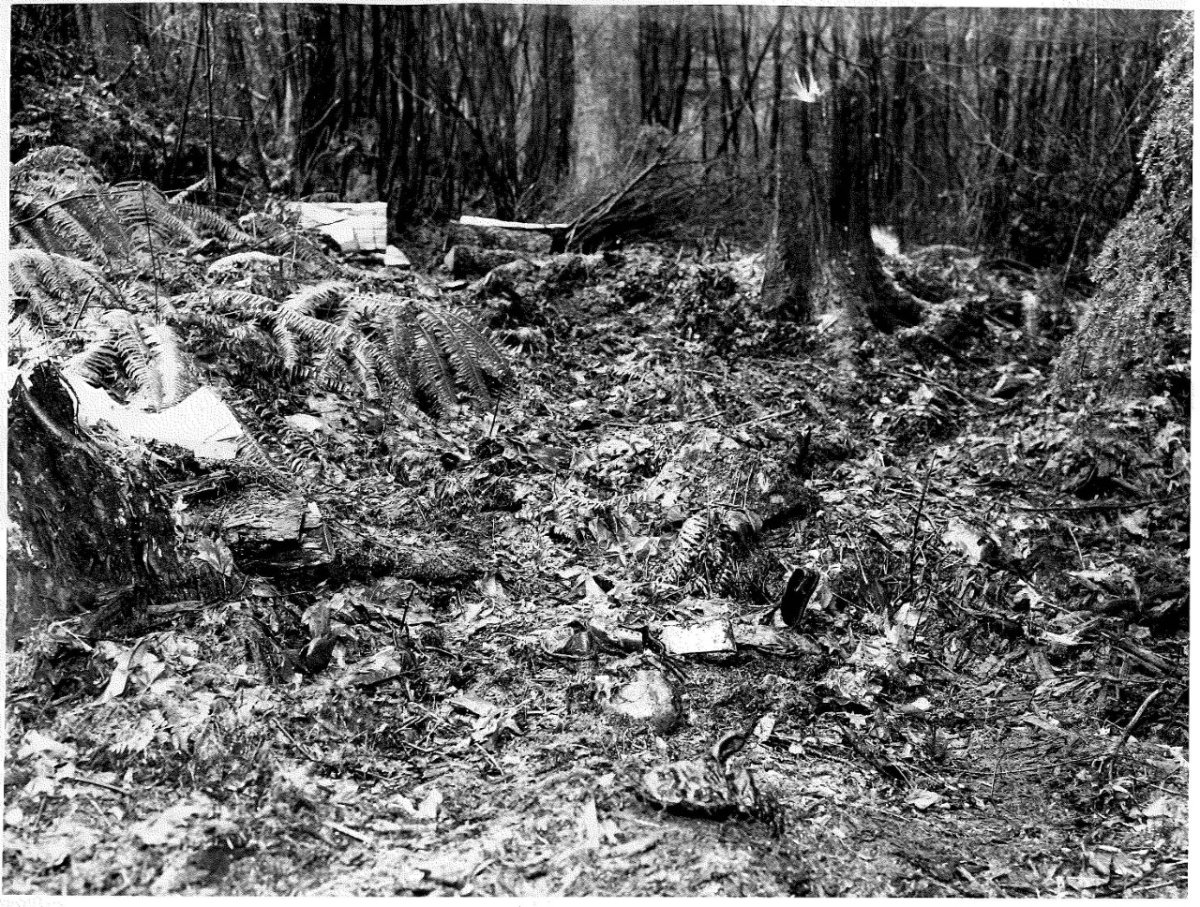Vancouver police investigators are hoping modern science will help solve one of the city’s oldest murder cases, known as the Babes in the Woods.

In 1953, the skeletal remains of two boys were discovered by a groundskeeper near Beaver Lake in Stanley Park.
The children’s skulls had been bludgeoned by a hatchet, which was found near their bodies, and they were covered by a woman’s coat. Police believed the children, aged 7 and 8, were killed in 1948 and had lain undiscovered for five years.
However, investigators are hoping DNA from the victims can lead to a break in the case.
“No homicide case is ever closed before it’s solved, and for decades our investigators have chased down leads with hopes of someday identifying the victims and people responsible for this unsolved crime,” Sgt. Steve Addison said in a news release on Tuesday.

Get daily National news
“Now, advancements in science, combined with people’s interest in learning about their own ancestry, has created an exciting new opportunity for VPD to finally get some answers.”

The identity of the boys remains unknown and no suspects have ever been identified.
Police have now contracted Redgrave Research Forensic Services, a Massachusetts-based forensic genetic genealogist company, to study DNA recently extracted from the victims’ bones.
Using public DNA databases, such as GEDmatch and FamilyTreeDNA, the company hopes to identify a living relative of the victims by comparing their DNA to people who have submitted their DNA to private companies to learn about their ancestry.
“With so many people curious about their ancestry and willing to submit DNA for genetic testing, we think the Redgrave team can build a family tree for these boys and possibly identify others who are related to these young victims,” Addison said.
“This process could give us new leads to follow, and we hope it will finally help us give these boys a name and identify their killer.”









Comments